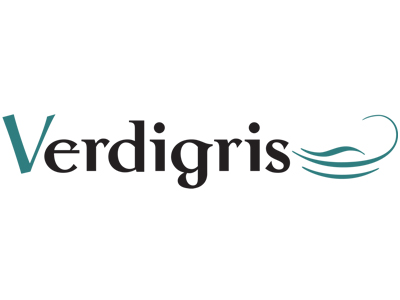The enthusiasm for plastics reuse and recycling initiatives is a step in the right direction, but it overlooks the role of consumers. For most people understanding what can and cannot be recycled is difficult, so perhaps the graphics industry can help. Perhaps plastic materials that can be composted should be marked as such, and brand owners could consider expanding efforts to aid guidance. Household compost bins are the beginning of packaging degradation, but composting only works if people know which materials they can compost. This information should be communicated, along with the importance of keeping compostable plastics separate from low density polyethylene (LDPE) which has to be processed differently.
The practicalities are complicated. The established labeling scheme uses seven numbered triangles, but it’s not widely understood and plastics made from vegetable matter are not included in it, except as “other”. Graphics professionals tend to care more about printability, adhesion and migration than they do about recycling, so there isn’t much incentive to learn about plastics recyclability. But it’s important.
Of the seven, polyethylene terephthalate (PET) has the highest profile and is the most recycled. We are all aware of its polluting possibilities and that it can be reused and recycled. PET is generally used for single use as it is hard to clean and it can leach materials or get mouldy if it is reused too often. Still volumes of recycled PET are rising; it gets made into new PET bottles or is spun into polyester for turning into clothing, rugs, stuffings and similar products.
High Density Polyethylene (HDPE) is widely considered to be one of the safest and recyclable of plastics. Old milk containers and the like are turned into furniture, building materials and garden furniture. PVC is widely used, from food wrapping to shoes and garden hoses. It cannot be easily recycled or reused so it should be avoided in packaging applications. Low Density Polyethylene (LDPE) is the cheapest and most commonly used recyclable plastic but it takes hundreds of years to biodegrade. It isn’t always recyclable which is why some packaging print buyers are looking for alternatives.
Plastics can be made out of vegetable matter such as potato starch instead of polythene, but such biodegradable polymers cost 20% more than LDPEs. They can be composted but are problematic in the recycling chain, because they must be processed separately. Biodegradable plastics also have variable deinking characteristics which creates another challenge for recycling them. Sooner or later recyclers will have to support environmentally friendly alternatives. In the meantime the graphics industry can do more, such as printing instructions on the package for recycling or composting.
– Laurel Brunner
This article was produced by the Verdigris Project, an industry initiative intended to raise awareness of print’s positive environmental impact. This weekly commentary helps printing companies keep up to date with environmental standards, and how environmentally friendly business management can help improve their bottom lines. Verdigris is supported by the following companies: Agfa Graphics, EFI, Fespa, HP, Kodak, Kornit, Ricoh, Spindrift, Splash PR, Unity Publishing and Xeikon.





